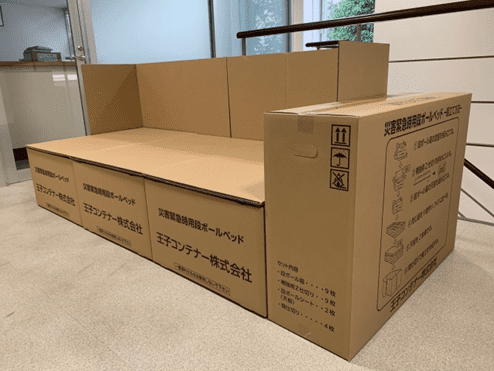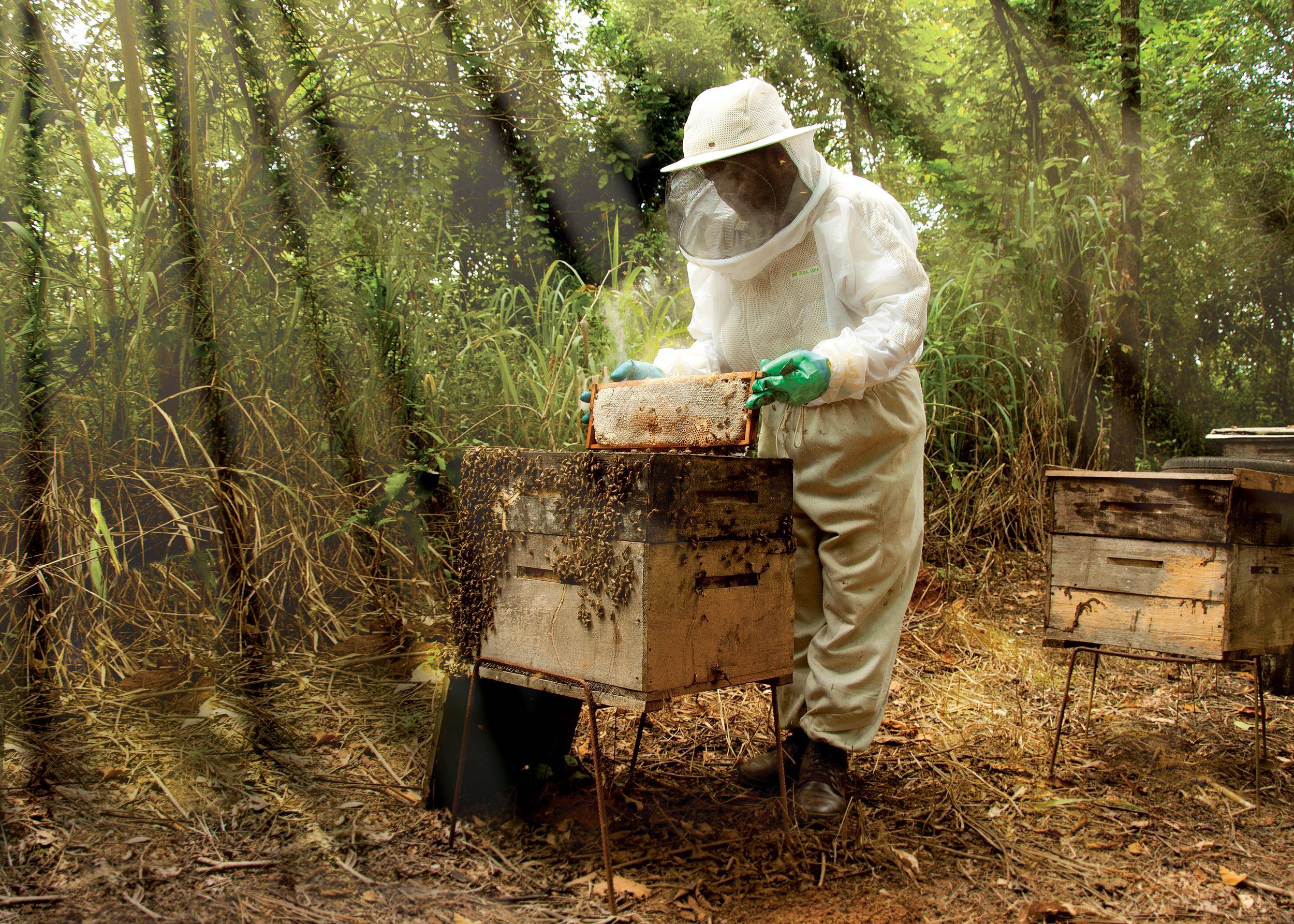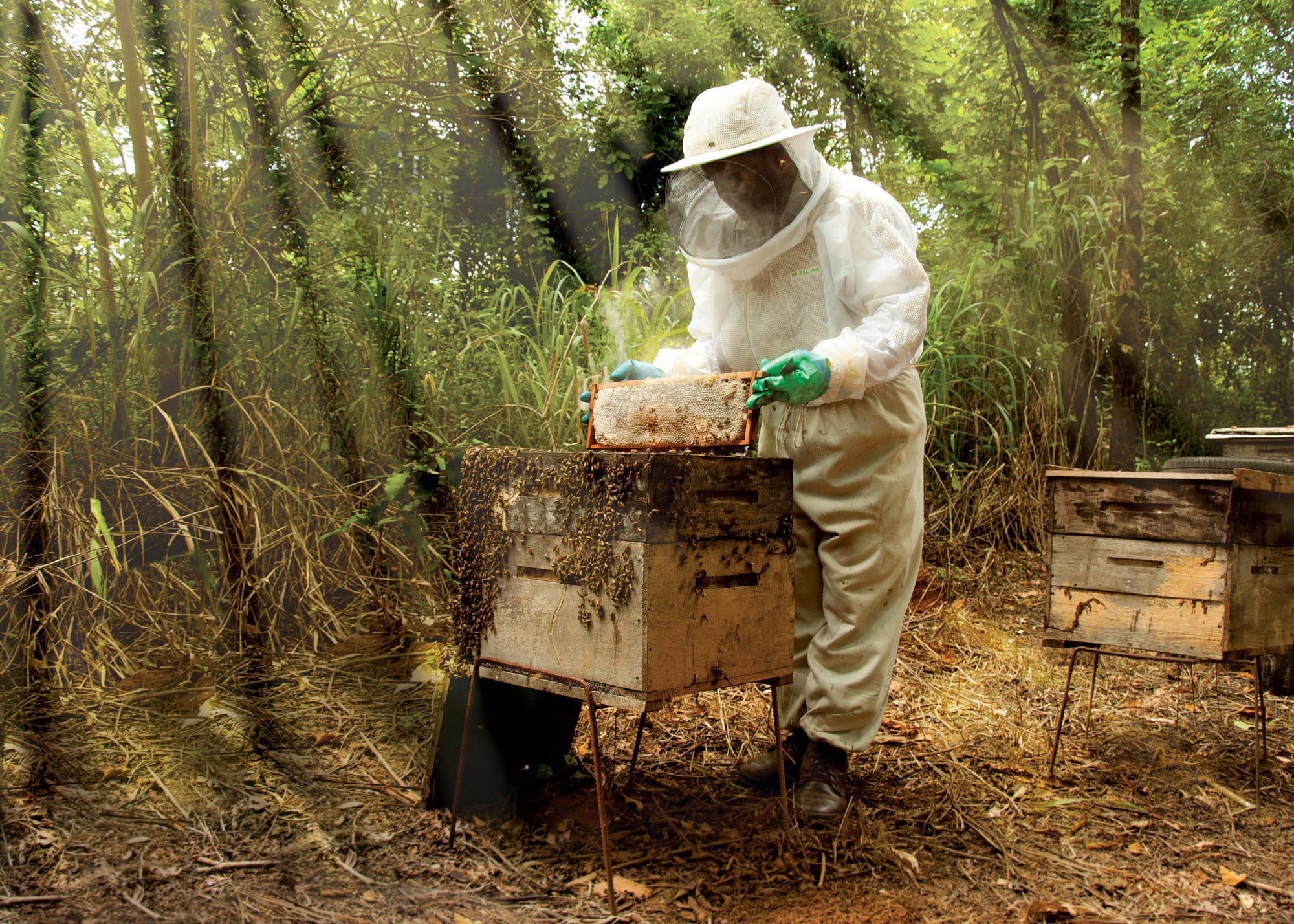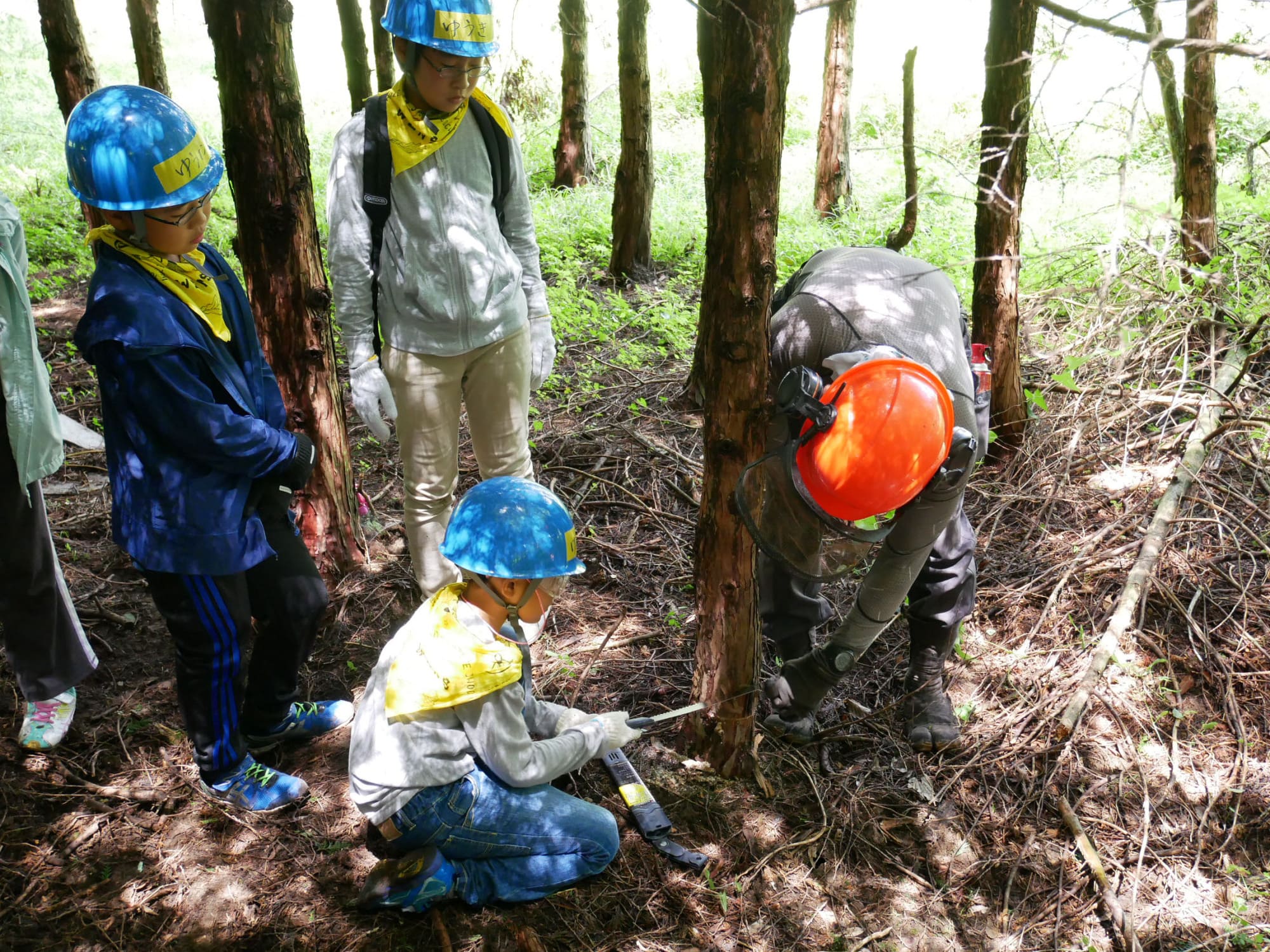December 18, 2020
Oji turns wood into alternative materials of glass and plastics
SPONSORED CONTENT
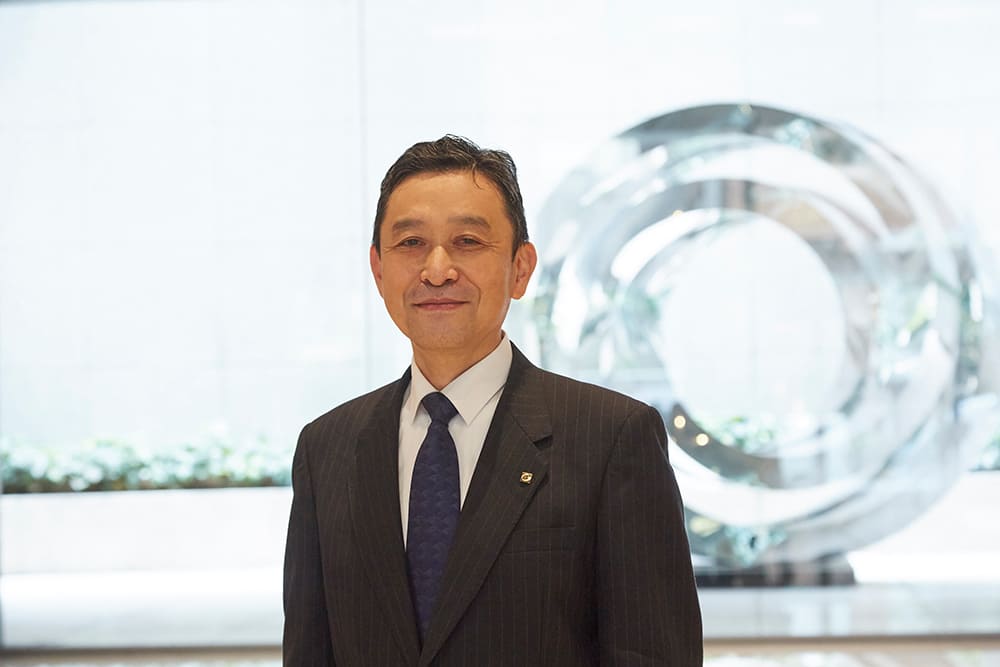
Oji Holdings, with a history of more than 140 years since its establishment, has always been a leader in Japan’s pulp and paper industry. Its efforts have expanded to nurturing forests both in Japan and abroad to secure the materials for its products while preserving the environment.
In a bid to use forest resources more sustainably without any waste and provide new value to global markets at the same time, Oji has in recent years introduced new technologies to turn wood pulp into materials that bring benefits to various fields from manufacturing to medicine.
One such material is cellulose nanofiber (CNF), made by refining pulp to a nanometer scale. Oji developed this material, which it calls AUROVISCO, using a unique technique based on a chemical process called phosphorylation to achieve high transparency, high viscosity and thixotropy, in which a substance is gloopy at rest but flows when pressure is applied. Oji has provided the material to over 100 companies, both domestic and overseas.
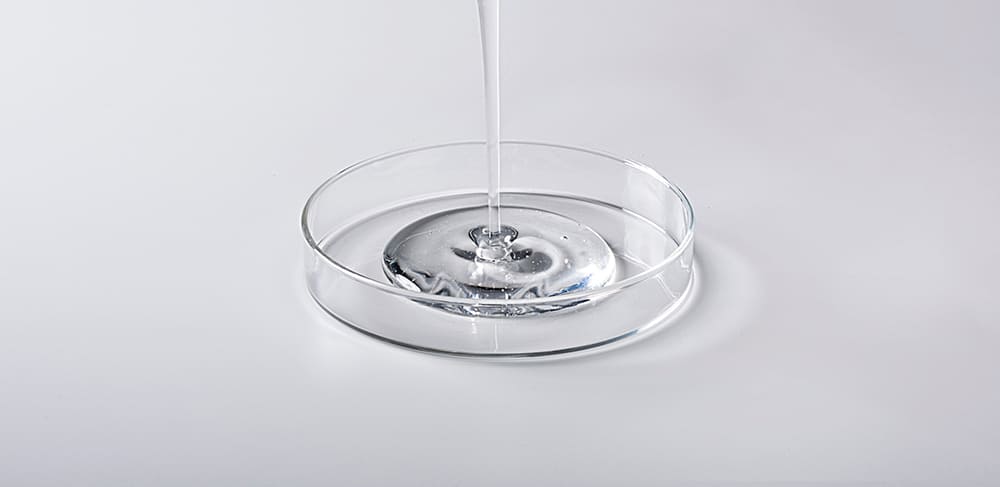
One case in which AUROVISCO is being used is in a concrete pump primer called Ruburi, produced by TAKEcite Co. Conventionally, mortar is used to coat pipes for pumping concrete to prevent it from blocking them. However, as much as a ton of mortar is needed for a single load from a concrete mixer truck, creating a massive amount of waste.
“The use of Ruburi as a replacement for mortar can minimize the amount of waste,” Masaru Yokoyama, senior executive officer and general manager of the company’s Innovation Promotion Division, explained during a recent interview with The Japan Times.
CNF can also be combined with polycarbonate to make a transparent material that is expected to be able to replace glass in automobile windows. Polycarbonate is light, transparent and impact-resistant but warps easily and is weak against heat in comparison with glass. CNF’s high elasticity and thermal dimensional stability can improve these weaknesses.
“This composite material has a big potential to be used as an alternative material of glass, while it weighs only half as much as glass,” said Yokoyama, pointing out that lighter cars consume less energy.
In addition to industrial uses, Oji has jointly developed CNF for cosmetic applications with Nikko Chemicals Co. to utilize CNF’s unique ability to provide thickening and moisturizing effects without stickiness.
Cellulose can also be used to make biomass plastics. “It is important that the materials used for biomass plastics do not coincide with food ingredients such as sugar cane and corn to avoid a food shortage,” Yokoyama said. Oji derives cellulose from trees grown in its own forests, which can be regenerated using its reforestation technology.
Yokoyama stressed that as the company owning the most forest land in Japan, Oji can contribute to the reduction of carbon dioxide emissions by replacing fossil fuel-derived materials with cellulose-derived ones in producing plastics.
“The first step in the practical application of our biomass plastics will be to mix them with conventional plastics,” Yokoyama said, expressing hope that a complete shift to naphtha-free plastics will be possible in the future.
While wood is about 50% cellulose, approximately 20% is the weaker hemicellulose, which Oji also makes use of, in this case to create hydrolyzed xylan, a substance used mainly as a moisturizer in cosmetic products.
Oji is also planning to the use of hemicellulose in the medical field by processing it to produce sulfated hemicellulose, which is expected to find applications in suppressing blood coagulation as well as inflammation in joints and the bladder.
In anticoagulation therapy, heparin is majorly used but that is derived from swines — not an ideal solution for treating Muslims. “We aim to provide fundamental support for all people, including Muslims, using our technology,” Yokoyama said.
Oji’s sulfated hemicellulose is not only derived from plants, but also sustainable. “It is made from hardwood that we grow in our forest plantations that are certified by the Forest Stewardship Council,” Yokoyama said.

To accelerate the development, manufacturing and marketing of wood-derived medical products using sulfated hemicellulose, Oji established Oji Pharma Co. in April. Yokoyama, who also serves as the representative director of this new company, aims to maximize the power of innovation to provide new value and benefits in the medical field as well as diverse industries and markets.



